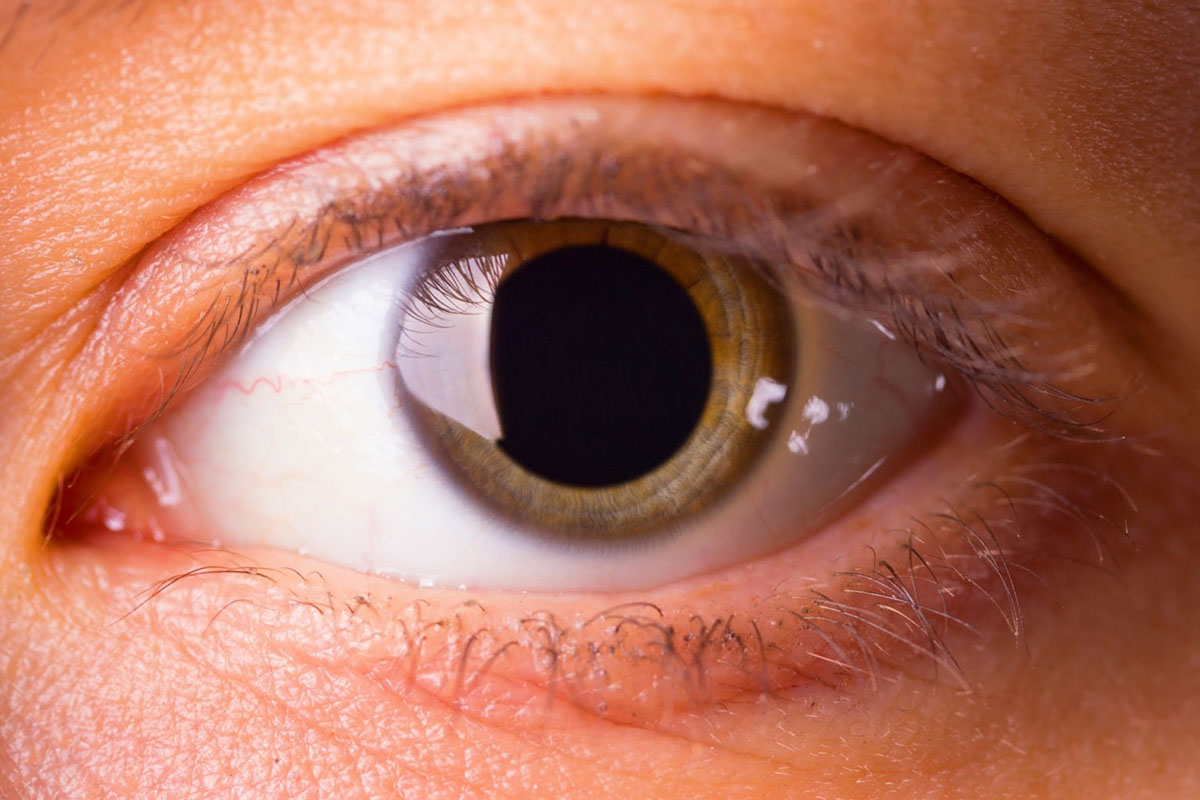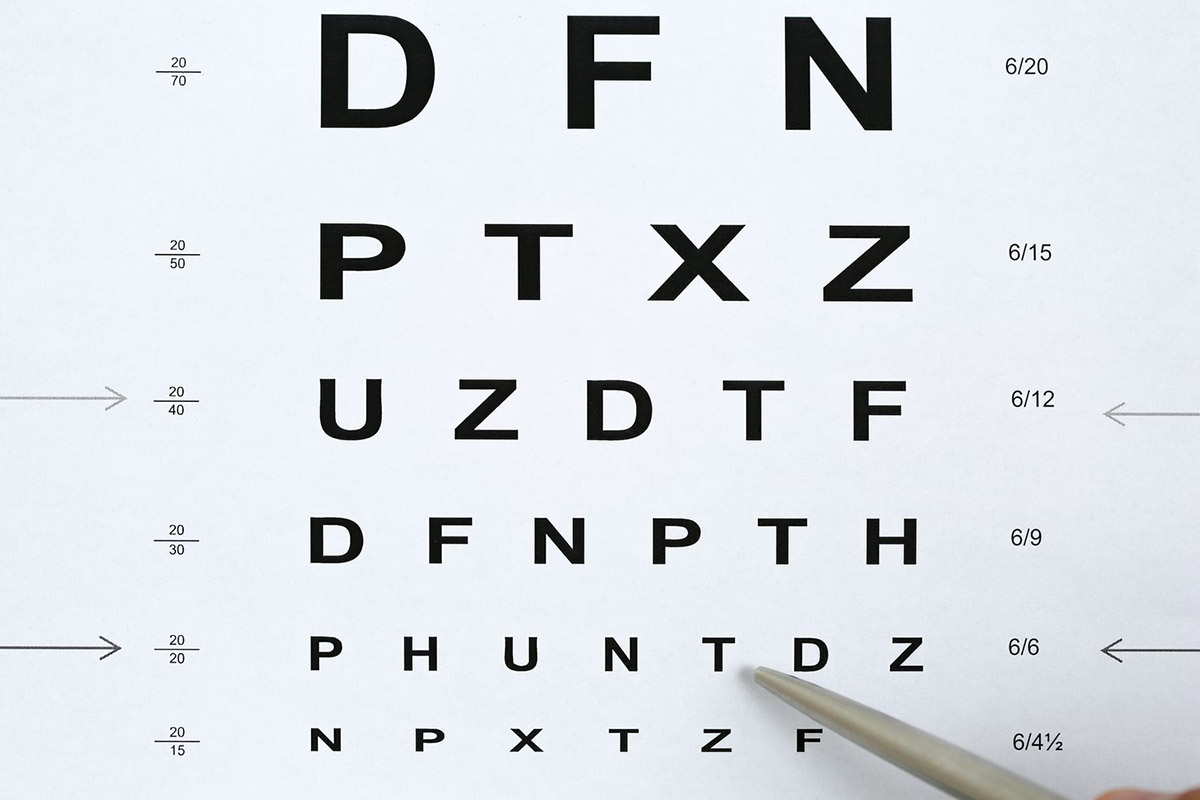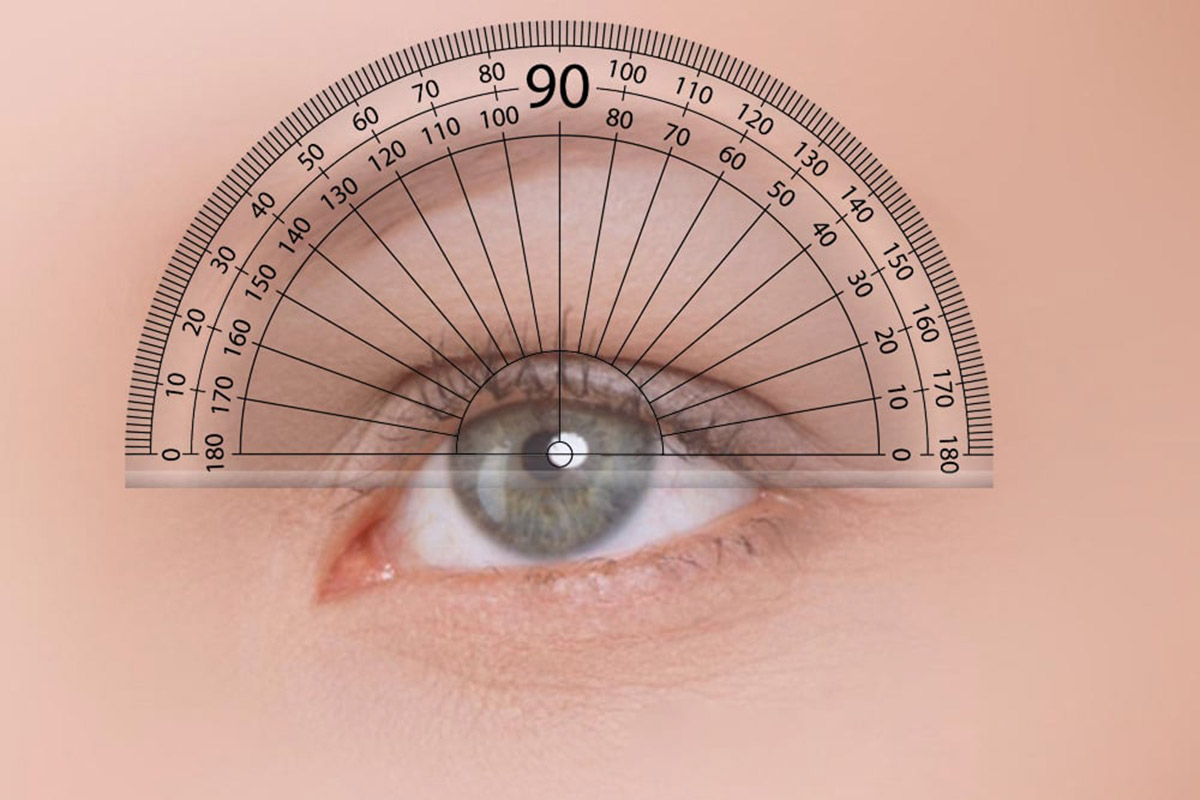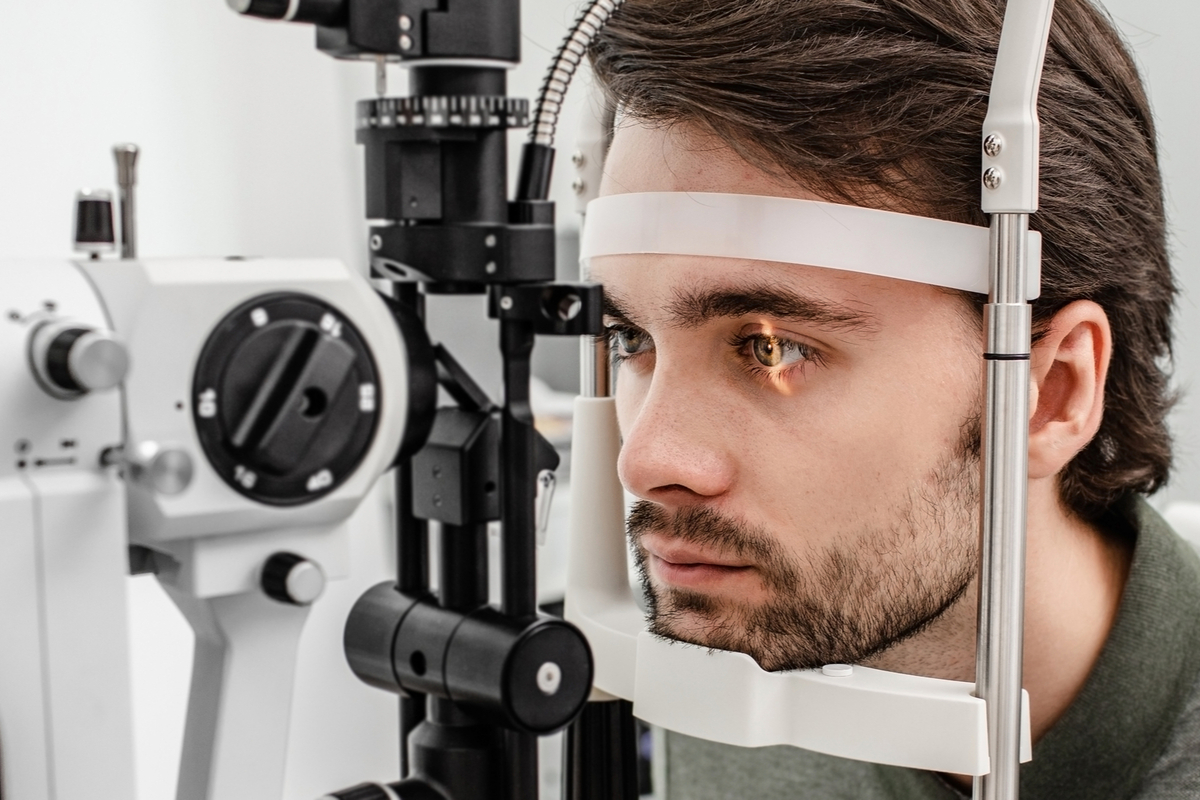After eye dilation, there are things that you should not do.
Take the following precautions after you have had your eyes dilated:
Avoid driving as your vision will be blurred and sensitive to light because of the eye drops. So, wear sunglasses and ask your loved one to drive you home.
Do not look directly into the sun. Too much light will make your eyes strain leading to headaches.
Avoid staring at digital screens as the blue light from electronic screens leads to digital eye strains.
Do not read letters in small font. Struggling to see small fonts will cause fatigue, eye strains, and …




